The right types of desks could significantly enhance your working environment. Whether you need modern desks for your home, work desks for a home office, or a classroom student desk, the selection of an ideal desk can be a game-changer for your productivity.
The suitable desk enhances your everyday standard of productivity and comfort. There are many different desk types, desk styles, and more, but with this guide, you will be able to find what fits your particular environment perfectly.
Evolution of Desk Design Through Time
Desks have evolved significantly, from simple writing tables to complex workstations. Understanding this evolution can be a valuable tool in selecting the right desk to meet your current needs.
The standing desks market globally is currently worth USD 7.75 billion in 2023, and the market is estimated to grow at a CAGR of 5.2 per cent between the years 2024 and 2030 (Grand View Research, 2024). This growth underscores the crucial role of positive desk ergonomics in maintaining the health and comfort of current users.
Key evolutionary milestones:
- 1960s – Introduction of office cubicle desks
- 1980s – Computer desk development
- 2000s – Ergonomic design focus
- 2010s – Standing desk popularity
- 2020s – Smart desk technology integration
Modern-day desks should ensure that they fit in technology, work towards wellness, and evolve according to work dynamics.
Home Office Desks: Creating Your Perfect Workspace
Contemporary houses require specialized office furniture that must be combined with good taste. The ideal home office desk must ensure you have a productive place to work in and blend with your home.
1. What to Look for in Home Office Desks
- Adequate surface space for equipment
- Storage for supplies and documents
- Cable management systems
- Comfortable working height
- Style that matches home decor
2. Modern Desks for Home: Style and Function
Modern desk styles emphasize clean lines and minimal decoration. These desks focus on functionality while maintaining aesthetic appeal.
Popular modern materials include:
- Tempered glass tops for a sleek appearance
- Metal frames for durability
- Wood veneers for warmth
- Laminate surfaces for easy maintenance
3. Work Desks for Home Office: Productivity Focus
Work desks for home office require specific design elements to maximize productivity in residential settings.
Key considerations:
- Dual monitor compatibility
- Keyboard tray placement
- Filing cabinet integration
- Quiet operation features
Related article: How to Arrange Your Home Office Setup
4. Home Desk Ergonomics
By establishing proper desk ergonomics at home, not only will the potential of health issues be managed, but it will also increase comfort levels during long working hours. The best solution is to have adjustable height facilities that suit the seating position, permitting ample legroom space to move freely, setting up the monitor at the right eye level, and well-designed wrist support that can ensure movement reduces strain when typing or using the mouse.
Professional Office Desks: Meeting Business Demands
Office environments require desks that handle heavy daily use while maintaining a professional appearance. These workstations must accommodate different work styles and ranges of technology.
1. What Professional Offices Need
- Durability for constant use
- Professional aesthetic appeal
- Technology integration capability
- Storage for business materials
- Ergonomic design features
2. Executive and Management Desks
Executive desk styles display authority, professionalism, and prestige in corporate environments full of crosses between traditional craftwork and modern features that are needed when in leadership positions. It can be manufactured in solid mahogany that aims at giving a prestigious appearance, cherry wood that will exude a feeling of warmth and style, walnut that will provide it with a dark and elegant appearance, and oak that is solid and dependable. Each of the woods possesses a well-developed personality, and a desk can be selected to highlight both personal style and the position of executives.
3. Men’s Office Desk: Professional Workspace Solutions
Men’s office desk designs often emphasize:
- Larger surface areas for multitasking
- Darker wood finishes for professional appeal
- Executive styling elements
- Built-in technology features
4. Women’s Office Desk: Stylish Professional Solutions
Women’s office desk preferences often focus on:
- Elegant design with refined details
- Lighter wood tones and contemporary finishes
- Integrated storage with aesthetic appeal
- Ergonomic features for comfort and health
5. Covered Desk Options for Home Privacy
Covered desk designs help maintain a clean appearance in shared living spaces.
Popular covered desk types:
- Roll-top desks with sliding covers
- Secretary desks with fold-down fronts
- Hutch desks with upper enclosures
- Armoire desks with closing doors
These options keep work materials hidden when entertaining guests or maintaining home aesthetics.
Collaborative Office Spaces
The contemporary office is shifting towards loose desking structures like multiperson workstations to increase the flexibility and cooperation among the personnel.
Collaboration-friendly features:
- Modular design components
- Easy reconfiguration options
- Shared surface areas
- Technology integration points
School and Educational Desks: Supporting Learning Environments
Educational settings require specialized desk solutions that support learning while handling intensive daily use by multiple students.
1. Classroom Student Desks: Educational Requirements
Classroom student desks should meet proper educational and safety standards, as well as encourage effective student learning environments. The student desks need to be appropriate to the class level, durable, and safe, and have accessible storage enough to keep the materials organized and readily available daily while learning.
2. Student Desk Evolution Over Time
Educational desk design has adapted to changing teaching methods and technology integration.
Historical progression:
- 1950s – Individual wooden desks with inkwells
- 1970s – Plastic laminate surfaces introduced
- 1990s – Computer lab specialized desks
- 2010s – Flexible collaborative furniture
- 2020s – Technology-integrated learning stations
3. From Basic Needs to Specialized Learning Requirements
With the development of classrooms, the desks not only have to meet some necessities, such as durability and provision of storage, but also consider the special needs of different learning styles. The new designs are organized to support group work, portability, accommodation of students with disabilities, and flexibility for other subjects.
Special Requirements for Modern Student Desks:
- Easy accessibility by wheelchair and being inclusive
- Height variation to suit good posture and growing children
- Computer desks for schools for better usability and easy access to technology for effective learning.
- Cable controls to guarantee safety in technology-integrated classrooms
- Place options in monitors to have a comfortable view
- Keyboard and mouse area to accommodate the use of the computer
- Access to power plugs to easily charge devices
- Supporting the feet to keep the body in an ergonomic position
Desk Materials: Choosing the Right Foundation
Learning about desk materials can assist in choosing materials to fit your needs, budget, and aesthetic style. Each of these materials has its advantages in specific places.
1. Wood Desk Options
Wood has always been the favorite desk material in every setting because it is multi-purposeful and attractive.
Premium wood choices:
- Mahogany for executive prestige
- Cherry for warm elegance
- Walnut for sophisticated darkness
- Oak for reliable durability
Budget-friendly wood options:
- Pine for basic functionality
- Birch for light contemporary appeal
- Bamboo for an eco-friendly choice
- Engineered wood for cost savings
2. Metal Desk Solutions
Metal desks have exquisite modern-sleek looks and durability, particularly where industrial and modern design is involved.
Metal desk benefits:
- Superior weight capacity
- Scratch and dent resistance
- Easy maintenance requirements
- Professional appearance
- Cost-effective pricing
3. Glass and Modern Materials
Contemporary materials create a striking visual impact while offering practical benefits.
Modern material options:
- Tempered glass for a sleek appearance
- Acrylic for lightweight durability
- Composite materials for versatility
- Recycled materials for sustainability
Meet&Co Furniture: Your Trusted Desk Solution Partner
Meet&Co Furniture is the champion of office furniture providers that focuses more on innovative workspace design at home locations, offices, and schools.
Why Choose Meet&Co Furniture?
Employing decades of expertise in furniture creating and producing, Meet&Co knows the specifics of the requirements of modern office spaces in any setting.
Quality Product Range
Meet&Co possesses a wide range of products available, meeting all needs, style-wise, in terms of a modern desk for home to professional office workstations:
- L-Shaped Executive Desk – Perfect for executive offices and home studies
- Workstation Desk with Plant Shelf – Combines functionality with biophilic design
- Office Workstation Desk – Ideal for busy work environments
- Electric Height-Adjustable Standing Desk for improved comfort, flexibility, and productivity.
Customer-Focused Services: Meet&Co provides comprehensive support, including:
- Free 24-hour space planning services
- Professional 3D rendering visualization
- Personalized customization options
- Expert installation support
- 3-5 year comprehensive warranty coverage
Technology Integration in Modern Desks
Today’s desks must accommodate increasing technology demands while maintaining clean, organized appearances.
Contemporary Desk Technology
Contemporary desk technology offers a combination of convenience and capacity in the form of built-in USB charging plugs, wireless charging pads, cable management mechanisms, allowing access to power sockets, and in-built storage bins to store gadgets specifically.
ADI Advanced Desk Innovations
Modern desks are designed to do more than raise and lower, to have automatic position memorization and health monitoring sensors, and can be controlled through apps and linked to smart office systems, producing intelligent and responsive workstations.
Storage Solutions for Different Environments
Effective storage design varies significantly based on whether you’re setting up a home, office, or school environment.
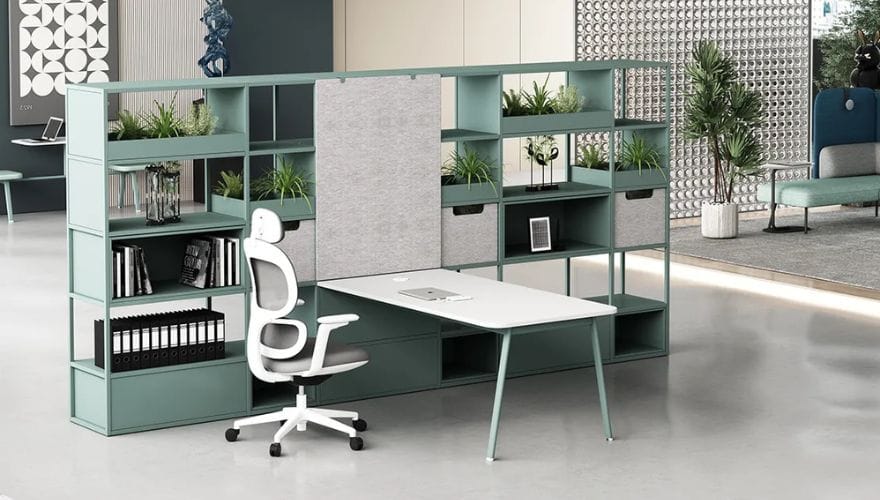
1. Home Storage Needs
Home desks require storage that maintains residential aesthetics while providing organization.
Home storage priorities:
- Hidden cable management
- Decorative storage options
- Multi-purpose compartments
- Guest-friendly appearance
2. Office Storage Requirements
Professional environments need storage systems that support business operations and maintain an organized appearance.
Business storage essentials:
- File cabinet integration
- Supply organization systems
- Document security options
- Equipment storage capability
3. Educational Storage Solutions
School desks need storage that withstands heavy use while keeping learning materials accessible.
Student storage features:
- Book compartments
- Supply organization
- Easy-clean surfaces
- Theft-resistant design
Health and Ergonomics in Desk Selection
Proper desk ergonomics significantly impacts user health, comfort, and productivity across all environments.
Understanding Ergonomic Principles
Good ergonomic design supports natural body positioning and reduces strain during extended use periods.
Core ergonomic elements:
- Proper height adjustment range
- Adequate legroom clearance
- Arm and wrist support
- Monitor positioning capability
- Movement encouragement features
Standing Desk Benefits
Standing desks offer significant health advantages for users across all environments.
Health improvements include:
- Reduced back pain incidents
- Better posture maintenance
- Increased daily movement
- Higher energy levels
- Improved circulation
Frequently Asked Questions
1. Is it worth investing in a standing desk?
Standing tables have the potential to decrease back pain and elevate energy levels. A lot of users get better concentrated and more comfortable during the day.
2. What is best between wood and metal desk materials?
Wood is warm and traditional, whereas metal is durable and modern. It depends on your space style and usage needs.
3. Do manufacturers allow customization?
Many manufacturers, including Meet&Co can customize size, materials, colors, and specific features.
Conclusion
The selection of types of desks will depend on your environment, needs, and individual style. You may require modern desks at home, desks to suit students, or desks to suit your home office that are professional. Irrespective of your needs, it gives a better selection when you are aware of the choices in front of you.
You are advised to keep in mind the ergonomics of your desk, available space, and future requirements at any time you choose the desk. The higher values brought by quality manufacturers such as Meet&Co Furniture include long-term quality due to high-quality materials, design, and after-sales service.
Familiarize yourself with the use of time in assessing your working space needs. The good desk is the base of a long-lasting, pleasant, and healthy working routine that can serve you for a number of years.
Ready to find your perfect desk? Explore Meet&Co’s extensive collection and discover how the right workspace furniture can transform your productivity and comfort.

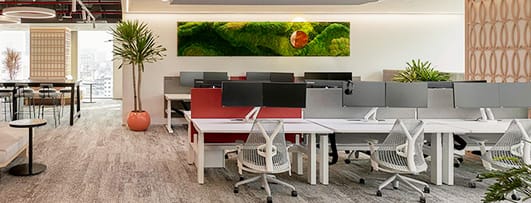










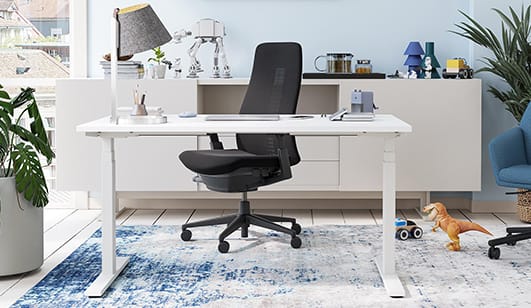





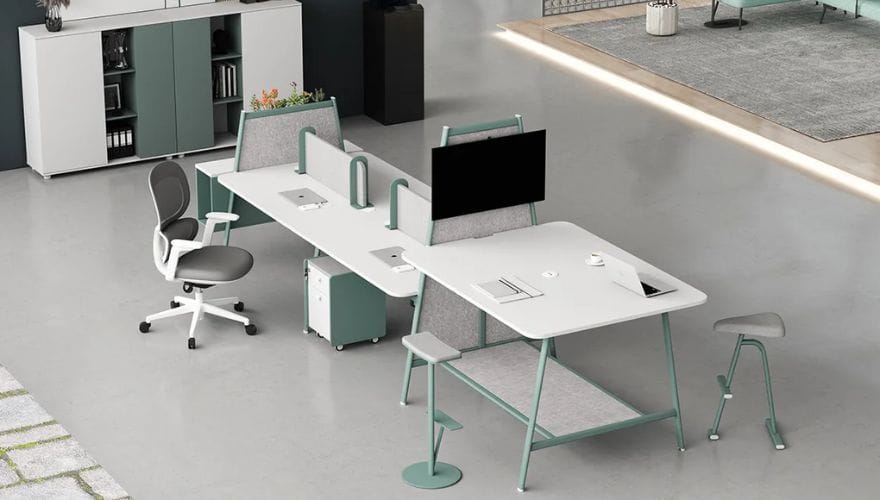
_4.webp)
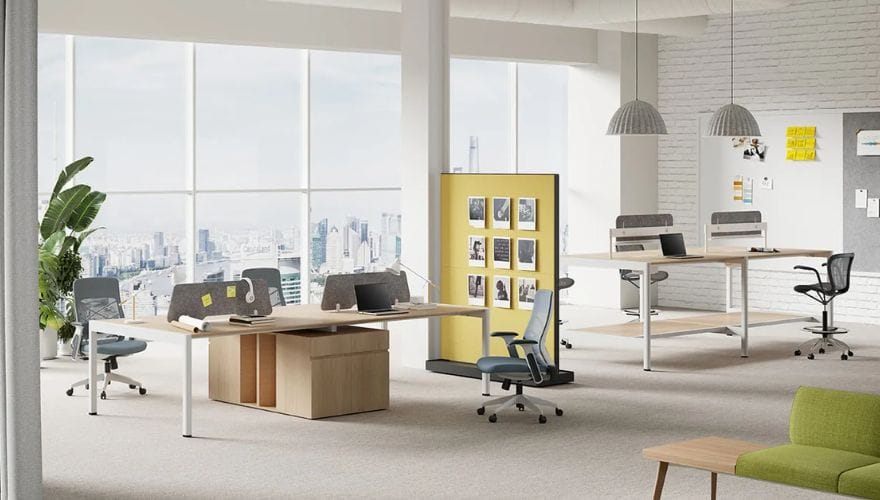
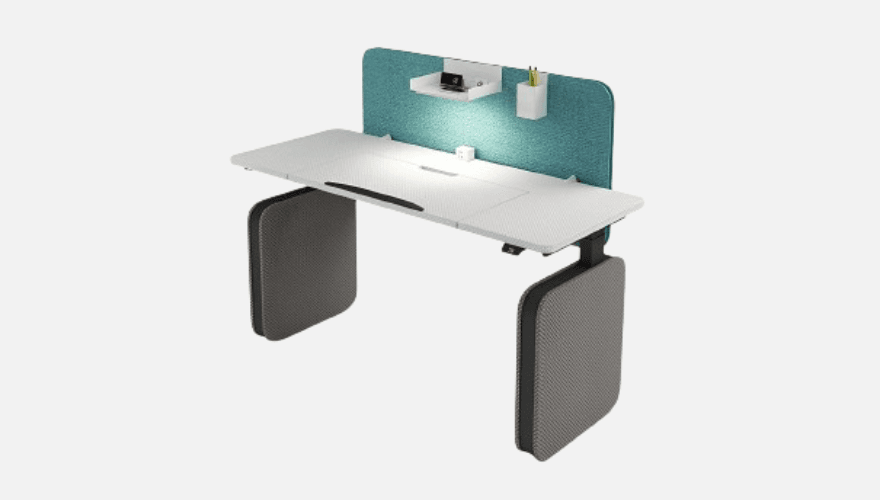

_3-1.webp)

